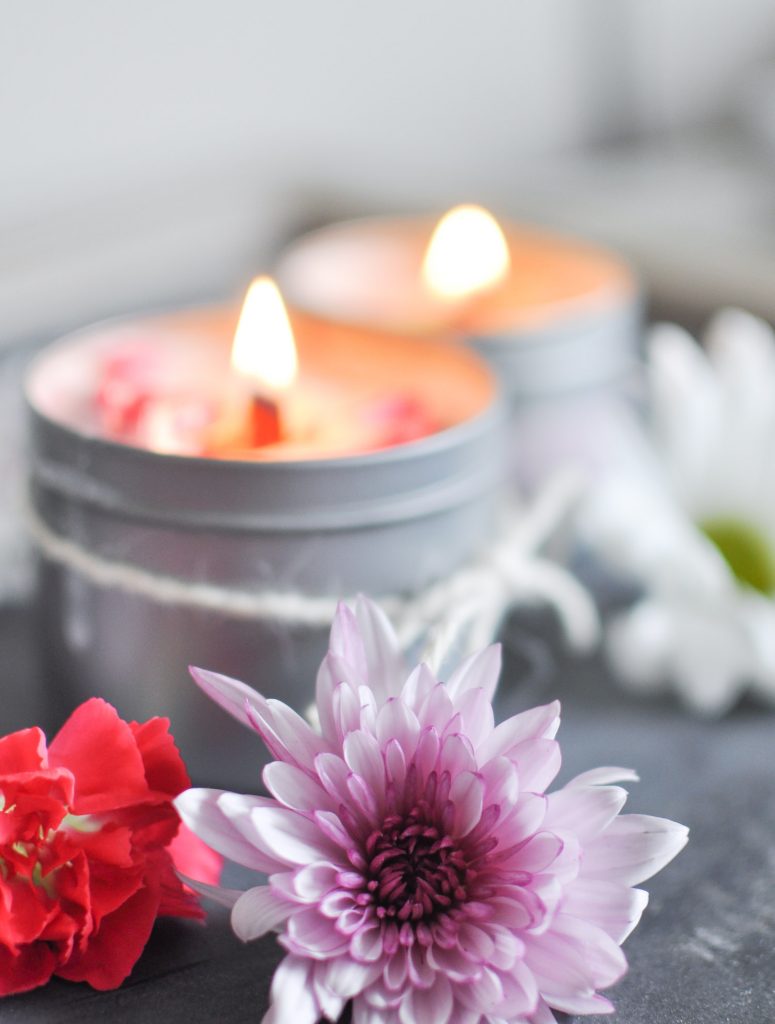Imagine you’re coming home from a stressful day of work or school and you are in need of some serious TLC.
For some people, this might include getting into some incredibly soft, comfy clothes and bingeing Netflix shows or throwing yourself down on a sofa and picking up a relaxing novel.
Whenever I want to relax, what always does the trick is simply lighting a scented candle, something that has become increasingly popular over the centuries since its creation.
Candles have been with us for centuries, going as far back as the Ancient Egyptians in 500 BC, when they used a combination of reed and animal fat instead of beeswax to make the earliest versions of candles.
For the majority of their lives, candles were primarily used as light sources by the wealthy, royalty, and churches due to the beeswax candles being too expensive for the average population to afford; the alternative option was burning tallow—a white, waxy fat made from the kidney or loins of cattle, sheep, or horse—which created a smell so rancid it was banned in several European cities.
In fact, it was only in the mid-19th century, after the light bulb was introduced, that candles began to be used as decorative items instead of light sources. It took until the mid-20th century for scented candles to be firmly established as mood enhancers and gifts.
Along with the rise in popularity of scented candles, another sensation was brought forth: aromatherapy.
Aromatherapy is the use of essential oils from plants for healing. This is done either by inhalation of the chemical, application by skin, or, more rarely, taken by mouth.
Aromatherapy does not only include candles, but also bath products, perfume, and even cleaning products.
When talking about the benefits of aromatherapy, I need to add that it is a very debatable and controversial field of study.
The effects that smell has on the human psyche and body are still ongoing, and while studies have shown that humans do feel some emotional connection to smell, it is debated whether or not it can be used effectively as a treatment.
Along with this, there is also a difference between using essential oils in products and using fragrance oils, even though they both technically fall under the umbrella of aromatherapy.
Fragrance oils are not naturally made, but they are thoroughly tested and scientifically approved before being added to products such as soap and wax. Essential oils, on the other hand, are made naturally through concentrated leaves, roots, seeds, and blossoms from plants. Sometimes, these two oils are even mixed together to create products.
To put it in simple terms, essential oils and fragrance oils are not the same thing, despite the fact that they sometimes intertwine in this expanding world of luxury, candles, and scents, and there is so much to look forward to and research.




























































































